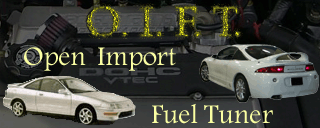|
From the above list, it looks like it can be seen that we need a microcontroller board with
several A/Ds and D/As, preferably 10 or 12 bits in resolution, and a high-resolution
timer for input capture and output compare, serial ports, and some digital I/O lines.
We considered many different options and researched a number of microcontroller boards
before settling on the SS16v2T from Intec
Automation Inc. This board features a very small size (2"x3"), a low price ($129
for 16.78MHz, $169 for 25.1MHz), a "prototyping" area to add components, and plenty of
features.
16-bit MC68HC16Z1 microprocessor
128Kbyte SRAM
128Kbyte Flash EPROM
39 Digital I/O
8 chan 10 bit A/D 100KHz
QSPI and SCI Serial I/O
3/4 Channel Input Capture
4/5 Channel Output Compare
PWM, Pulse Counter
Multiple internal & external IRQs
Multiple high-resolution timers
Keypad / LCD panel interface
The specifications and documentation for the MC68HC16Z1 CPU may be retrieved at the
Motorola website.
Unfortunately this board is missing a D/A converter and a +5v power regulator.
These components and circuit design will be covered in the
Component Selection section.
|

